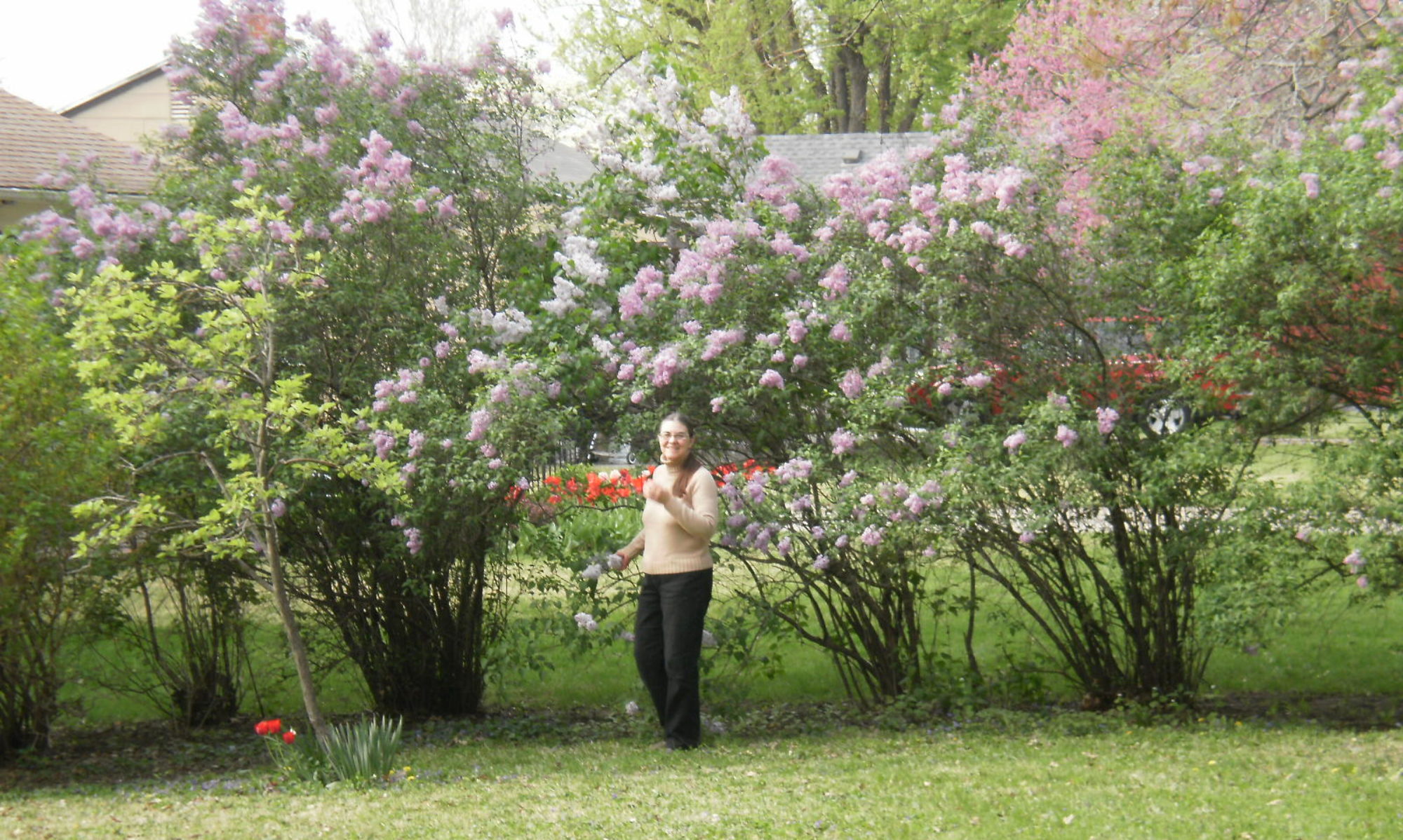Once again I have succumbed to the siren song of the winter seed catalog. In spite of my optimistic post of the past, I really was teetering on the edge of full surrender to a life free of the agony of gardening. But that little bomb that came in the mail, in the bleakest time of the year for a Midwestern gardener, sucked me in. I perused. I made selections. I inventoried my existing stash of seeds. I ordered new seeds. I counted back from the days for the last projected frost, days to germination, best days to plant by the moon according to the Old Farmer’s Almanac. I have a three page blueprint for the layout of the garden beds with an eye to companion planting. I’ve evaluated my fences and acquired new posts to keep them upright. Of course, the weather, beasts, weeds, and all will conspire against me. I imagine the chipmunks in their underground bunkers laying plans for their spring assault. There must be some kind of twelve step program to help people like me, the gardening addicted. And yet, the leek seeds all germinated, spreading their tiny contagion of optimism.
Even in the deepest darkest throes of winter, there is room for optimism. There has to be. Otherwise we’d give up, shrivel up, and…well, you know. Recently a family emergency called me out of state. My cat sitter, who spoils the kids so mercilessly that when I come home I get the, “Who are you and what have you done with Aunt Laurie?” treatment, watered my little starter seedlings. Not only have the leeks survived, but they are thriving. I made it home just in time to plant the other seeds on schedule: tomatoes, eggplants, peppers, and my eternal overachievers, the cucumbers. They may or may not come up in seven to fourteen days.
More dead-of-winter hopefulness has reared its lovely head: a publisher has expressed interest in The Gingerbread House. Add to that the news from an editing client that his book has been accepted by a publisher, and things are looking pretty good. But to keep me grounded in reality, a flash fiction piece got rejected. Review, possibly rewrite, submit somewhere else.
I have discovered that sitting on a plane for several hours contributes to my optimism. I managed to do a first draft of a short story that has been tickling the back of my mind, and got down pages of notes on the various novels that have need of my attention. In fact, most of this blog post is the product of flying through the air in a metal tube. Perhaps if I become a world traveler I’ll get a lot more written.
Unfortunately, I may be headed back out of state in the near future. Probably all of the plants will die while I’m gone. I don’t care. I’m hopeful now. And that’s a good place to start.
Image: Optimistic leeks. By Marilyn Evans










